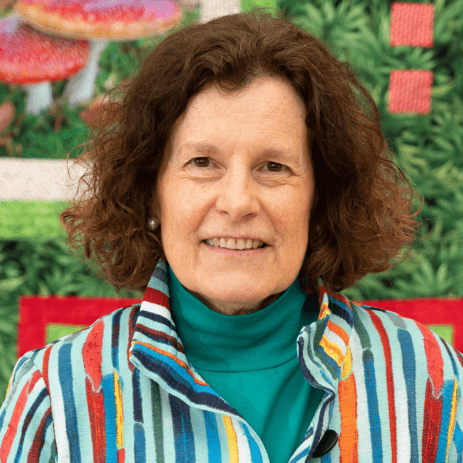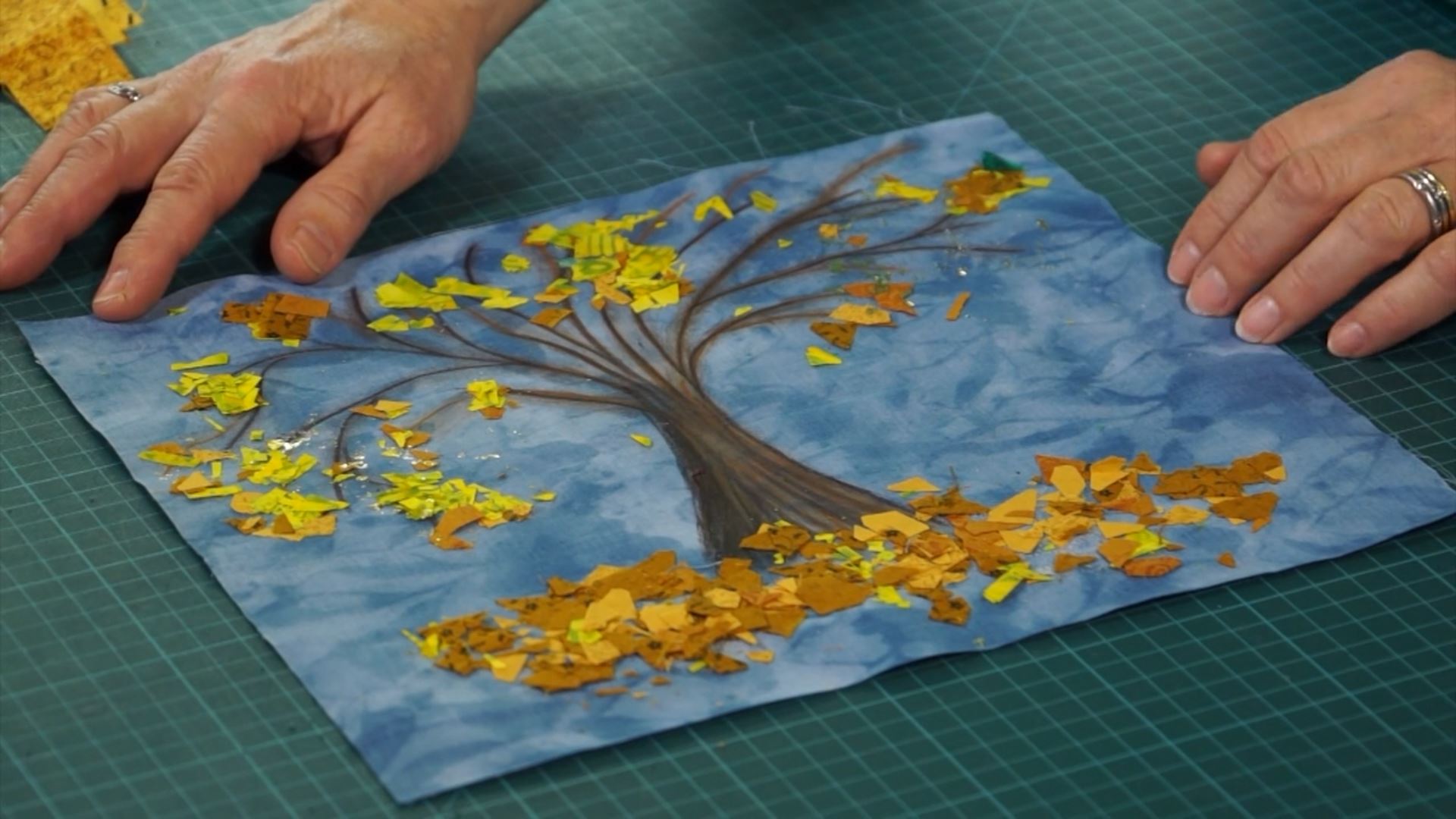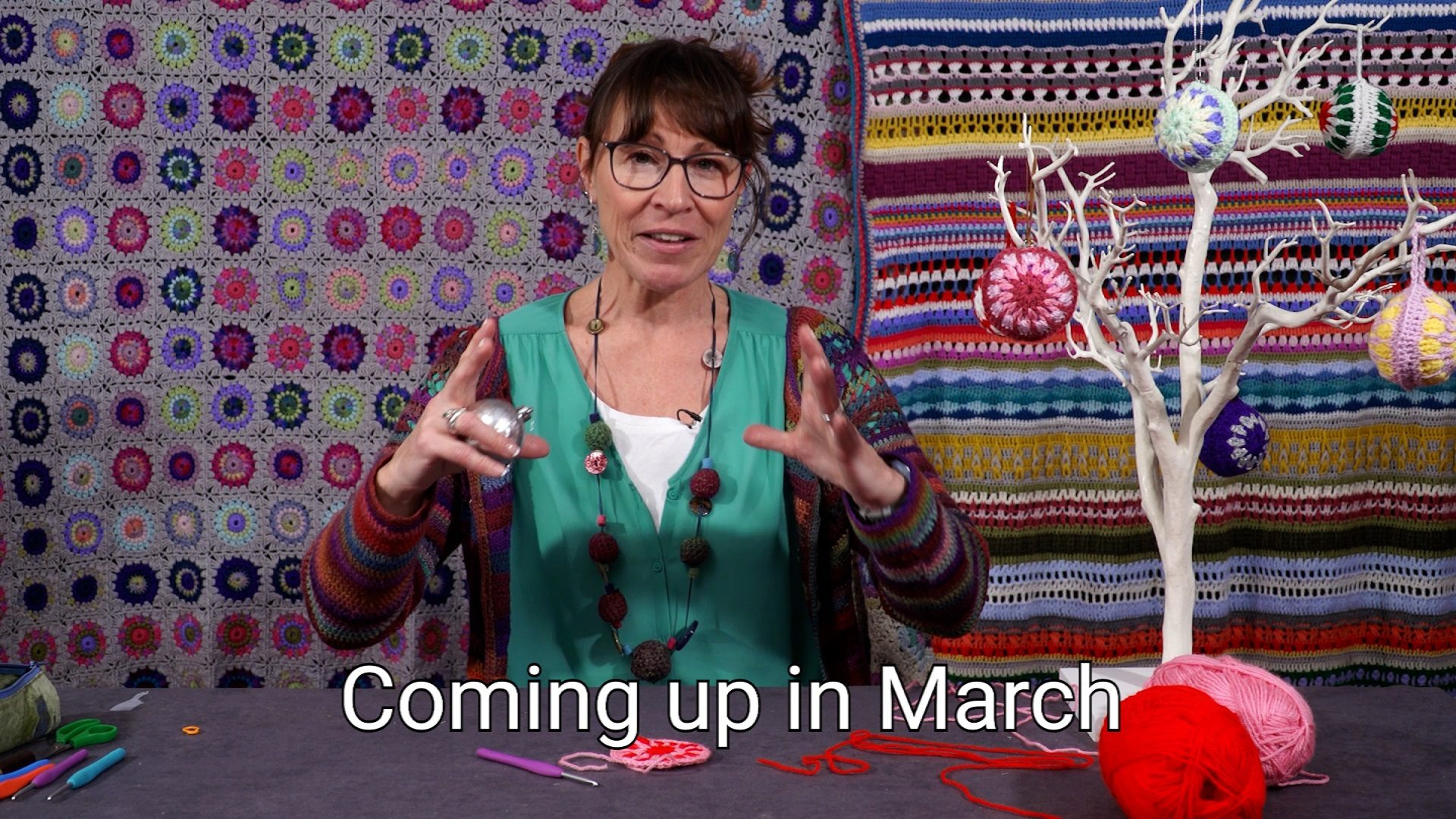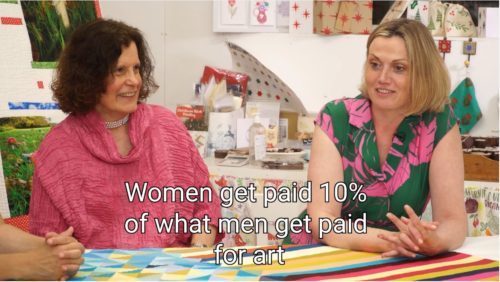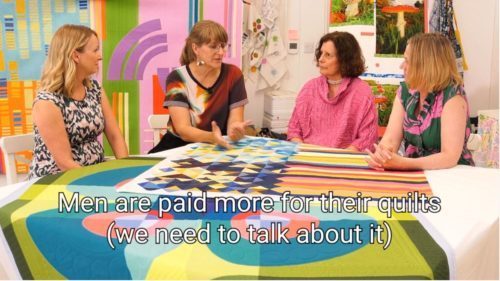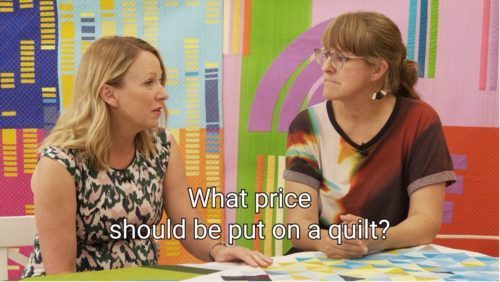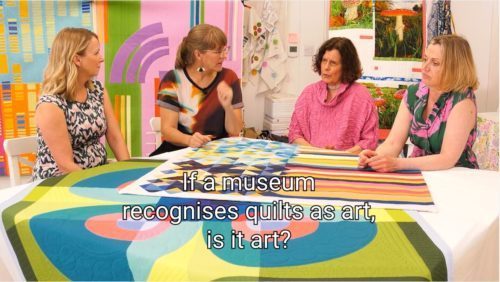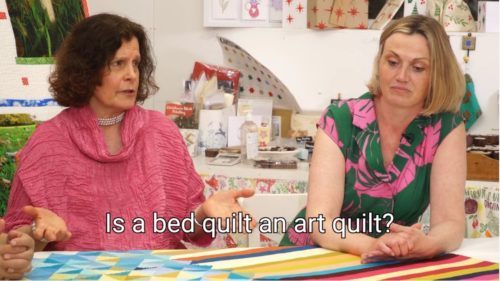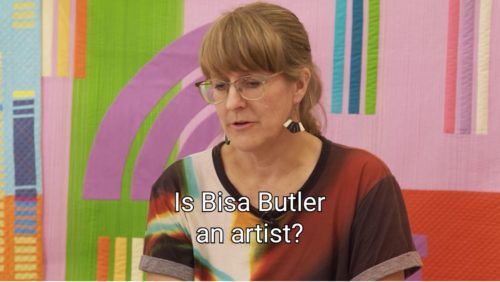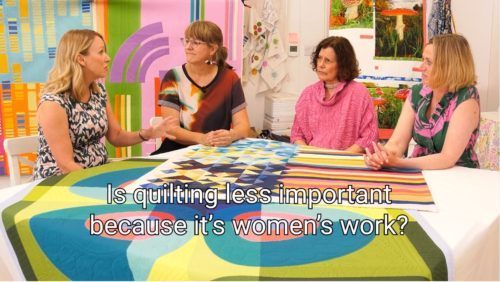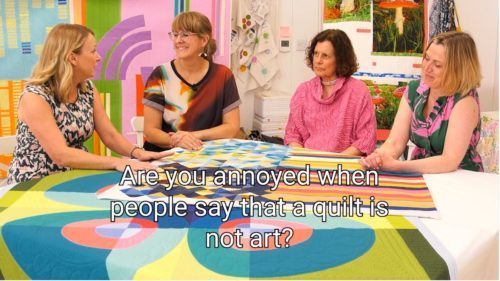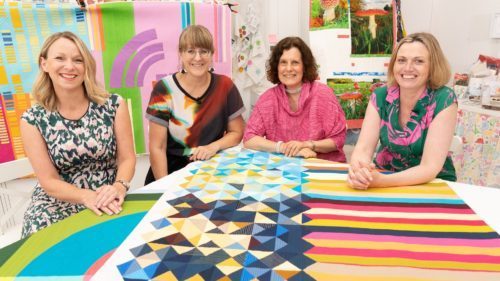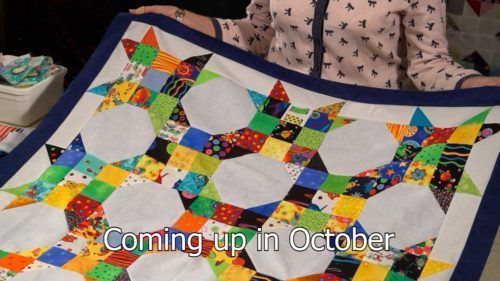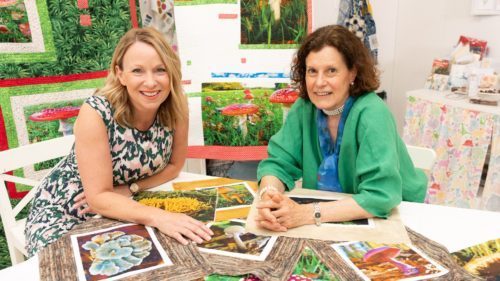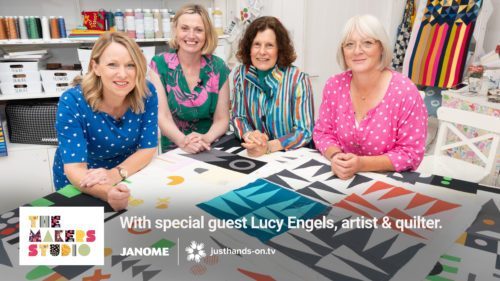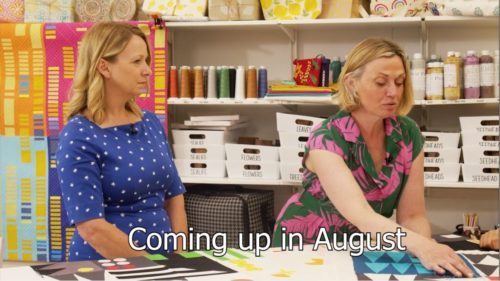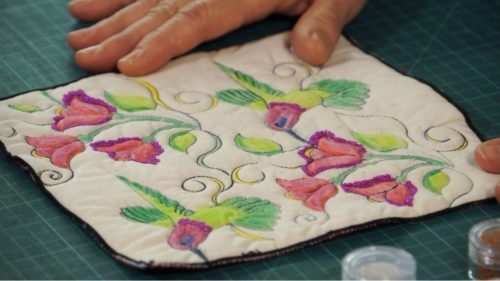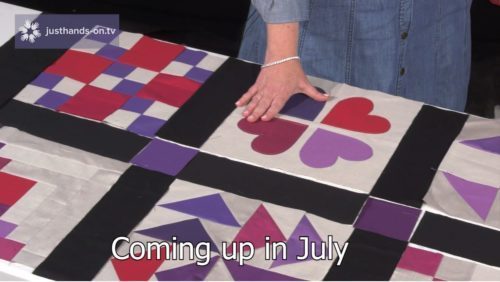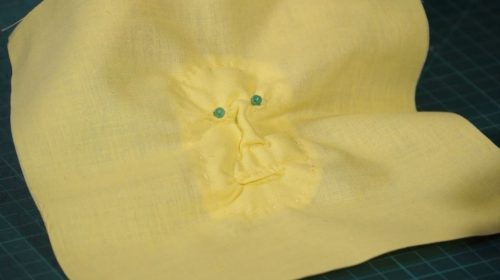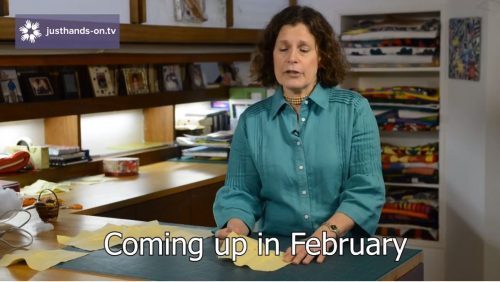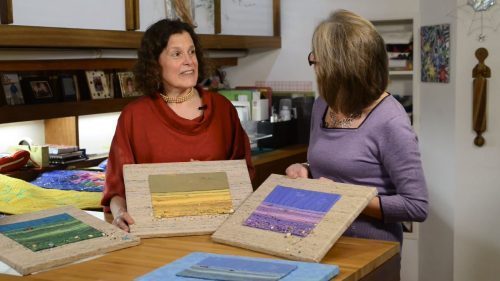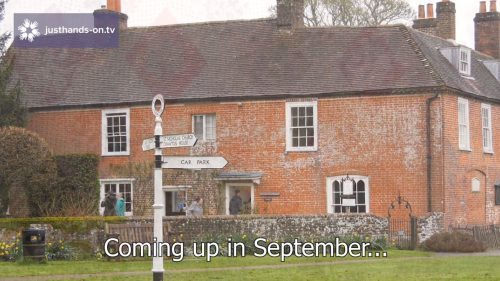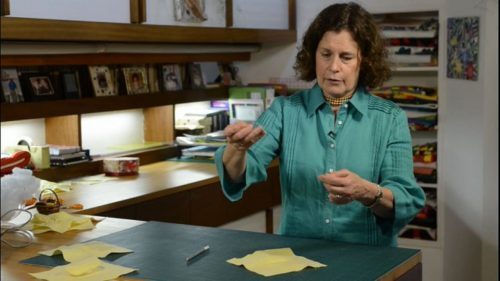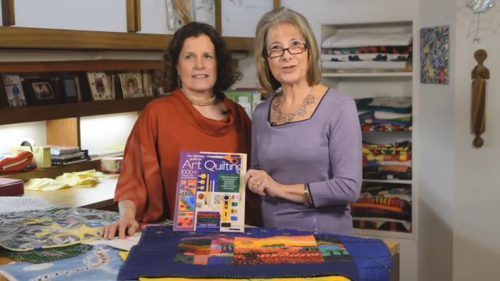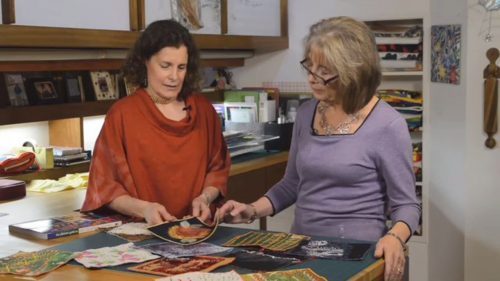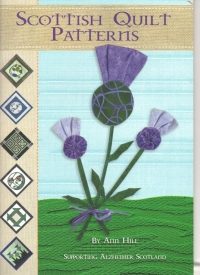About Linda
Linda Seward is an experienced quilter, writer, lecturer, and quilt judge.
Linda’s been doing needlework ever since she learned to hold a needle. She was taught to embroider by her mother and to knit and crochet by her grandmothers. She began to sew her own clothes at the age of 10, but didn’t begin making quilts until she was in her 20s.
Linda attended Livingston College (Rutgers University) where she earned an Anthropology Degree, then switched to Douglas College where she received a Home Economics degree in clothing, textiles, and design. She studied fashion in New York City at Tobe-Coburn School for Fashion Careers before working as a needlework and crafts editor in both America and England. She taught herself the basics of quilting while working as an editor for McCall’s Needlework & Crafts Magazine in New York City. After that, although she edited dozens of books on all types of needlework and crafts for Dover Publications in New York, Linda always felt that she would rather be quilting.
Linda has written twelve books about her favourite subject, quilting, including The Complete Book of Patchwork, Quilting and Appliqué , which has been used as a source book for the British City & Guilds Patchwork & Quilting course and has sold over a quarter of a million copies in several languages. It has recently been updated and reprinted by Search Press. Linda’s latest book, entitled The Ultimate Guide to Art Quilting, is published by Sixth&Spring, New York. She has also published books on puppies, babies, crochet, knitting, and general crafts (under her maiden name, Linda Macho).
Linda has appeared on television and radio shows, and has judged numerous quilt shows around the world. She had a regular column in The Quilter magazine for 20 years, and works now as a freelance writer and photographer as well as being a quilter, of course!
Linda found a new obsession in lockdown during her daily walks: nature photography. According to Linda, “I realised that I didn’t know much about the natural world and resolved to teach myself as much as I could through photography and research. This lockdown project turned into a new obsession as I continue to learn about all aspects of nature from plants, lichens insects, birds and animals to fungi and even slime moulds.”
Linda lives in London and Oxfordshire with her husband and two Border Terriers.
Signature Technique
Art Quilting
Top Tips
- One of the best ways to expose yourself to new techniques is to take a workshop with an expert.
- Add aloe vera gel to heighten the colour of inktense pencils.
- Use confetti fabric and glue granules to get a wonderful confetti applique effect.
- Add a little sparkle to your project with printer foil (make sure that you iron colour side up!).
- Use a silicone pressing sheet to keep your iron clear.
- Give the viewer a gentle surprise by adding soft sculpture faces in your quilt.
Videos
Patterns
Posts
Alzheimer Scotland pattern book
Ann Hill is a tireless supporter and fundraiser for Alzheimer Scotland; one of her recent projects was to arrange to cover the Hampden Park Football stadium turf with quilts -which she did!!!! (and we suggested a really quick and easy pattern for you to make: click here to enjoy: ) Another of her projects has been to produce this book of patterns entitled 'Scottish Quilt Patterns - which contains a wide variety of projects and patterns for you to follow.
Have I done enough quilting?
Modern waddings do not need to be as densely quilted as vintage quilts used to be - that's why the older quilts are quilted approx every 1"; check with the paperwork/washing instructions that come with your wadding but usually today's option is approx 7-10" apart. Question: I have quilted each (log cabin) block on the diagonal to make squares with the quilting line (does that make sense?).
I want to make a cot quilt – where do I start?
You need to start with the fabric: some for the top, wadding for the middle and backing fabric; The wadding and backing fabric should be the same size as each other AND they should be larger than the top fabric, by approx 4" all the way round. Layer together with pins or tacking ready for quilting. see layer quilt and bind Click here: You need to quilt the sandwich either by hand or machine: if you plan to work by machine you have two options: free motion: Jennie has a couple of workshops on the website - the first is free motion embroidery - but don't be put off by the title - it will help
and then the second is about free motion quilting: or using the walking foot.: this is really easy to use as it is just another foot and just sews, but fitting it can be a bit of a trick, so here is some help:click here and then you can sew in straight lines or use simple wavy stitching as suggested by Valerie.

